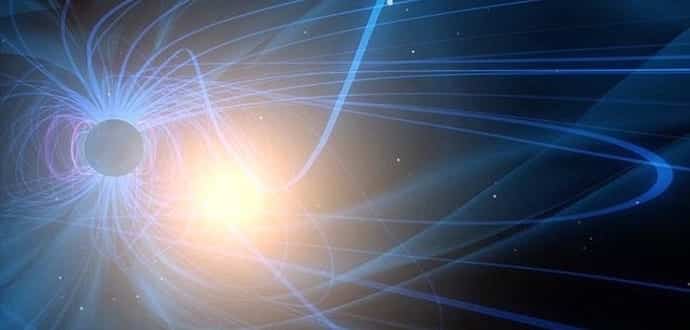GRAPES-3 indicates a crack in Earth’s magnetic shield that reveal burst in cosmic rays
According to scientists, the world’s largest and most sensitive cosmic ray monitor, located in India, recorded a burst of galactic cosmic rays that indicated a crack in the Earth’s magnetic shield. The GRAPES-3 muon telescope recorded the burst when a giant cloud of plasma moving at a speed of 2.5 million kilometres per hour struck Earth last year, causing a severe compression of its magnetosphere and activating a severe geomagnetic storm.
Solar storms can cause major disturbance to human civilisation by affecting satellite operations and communications, large electrical power grids and global positioning systems (GPS).
The GRAPES-3 muon telescope located at Tata Institute of Fundamental Research’s Cosmic Ray Laboratory in Ooty in Tamil Nadu recorded a burst of galactic cosmic rays of about 20 GeV around midnight of 22 June 2015, which lasted for two hours.
The magnetic field bent these particles about 180 degree, where they were detected as a burst by the GRAPES-3 muon telescope last year.
“The simultaneous occurrence of the burst in all nine directions suggests its origin close to Earth,” the authors wrote in the study, published in Physical Review Letters.
The burst occurred when a giant cloud of plasma ejected from the solar corona, struck our planet at a speed of about 2.5 million kilometres per hour, causing a severe compression of Earth’s magnetosphere – the region around the planet which holds the magnetic field – from 11 to 4 times the radius of Earth.
The researchers suspect that the geomagnetic storm was powerful enough to actually ‘reconfigure’ our magnetic shield, forcing open weak spots to allow radiation and cosmic rays slip through. It also brought down radio signals and sparked vivid northern lights across many countries in the north of the world. It also resulted in a supercharged aurora borealis, which is created when charged particles from outer space reach Earth’s atmosphere.
The researchers explained the fact that this happened at all is a concern, as it suggests that our magnetic field is changing – or rather, weakening – in certain parts.
“The occurrence of this burst also implies a 2-hour weakening of Earth’s protective magnetic shield during this event,” the researchers report.
“[This] indicates a transient weakening of Earth’s magnetic shield, and may hold clues for a better understanding of future superstorms that could cripple modern technological infrastructure on Earth, and endanger the lives of the astronauts in space.”
The data was examined and understood through comprehensive simulation over several weeks by using the 1280-core computing farm that was built in-house by the GRAPES-3 team of physicists and engineers at the Cosmic Ray Laboratory in Ooty.
Source: Science Alert

All bullshit. The magnetic field is in itself a imaginary theory…., and they now “found” a crack in it.
science is fucked sometimes